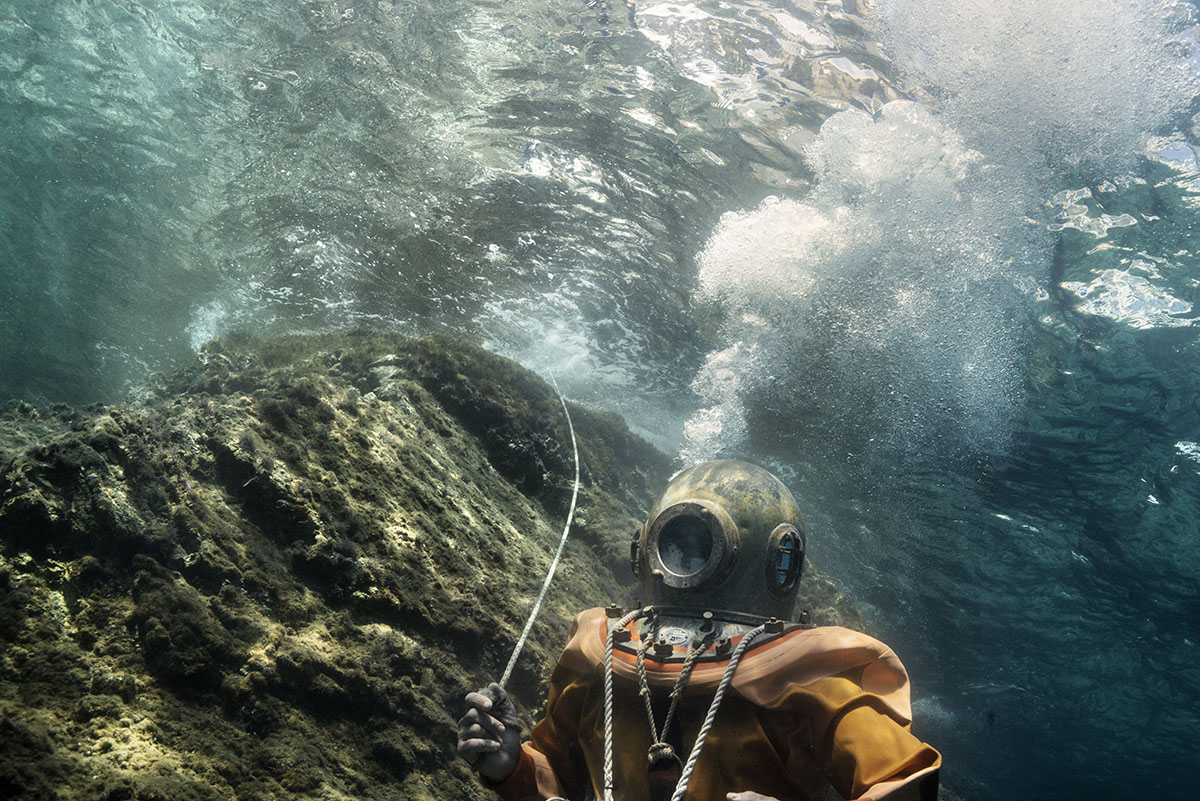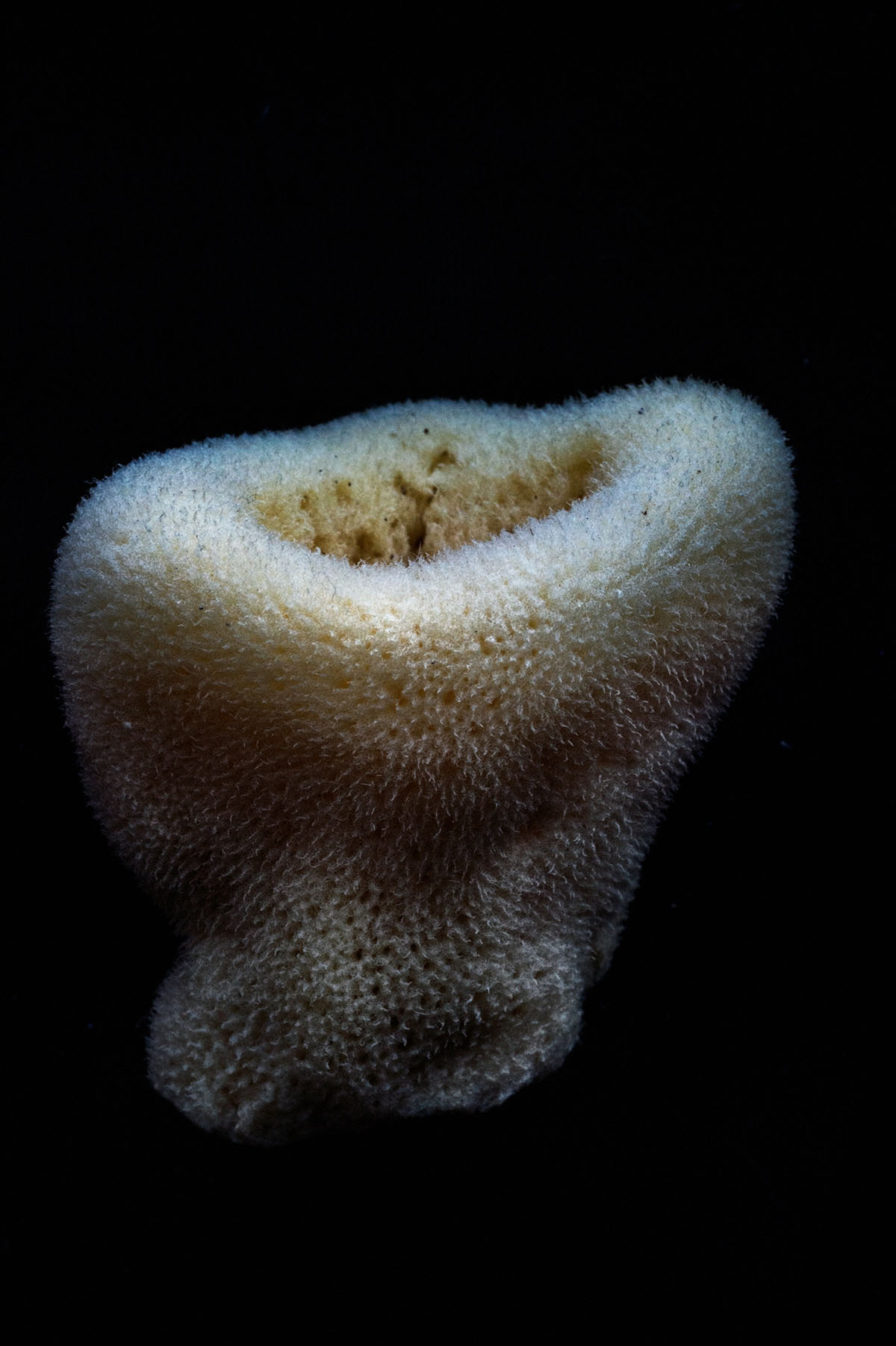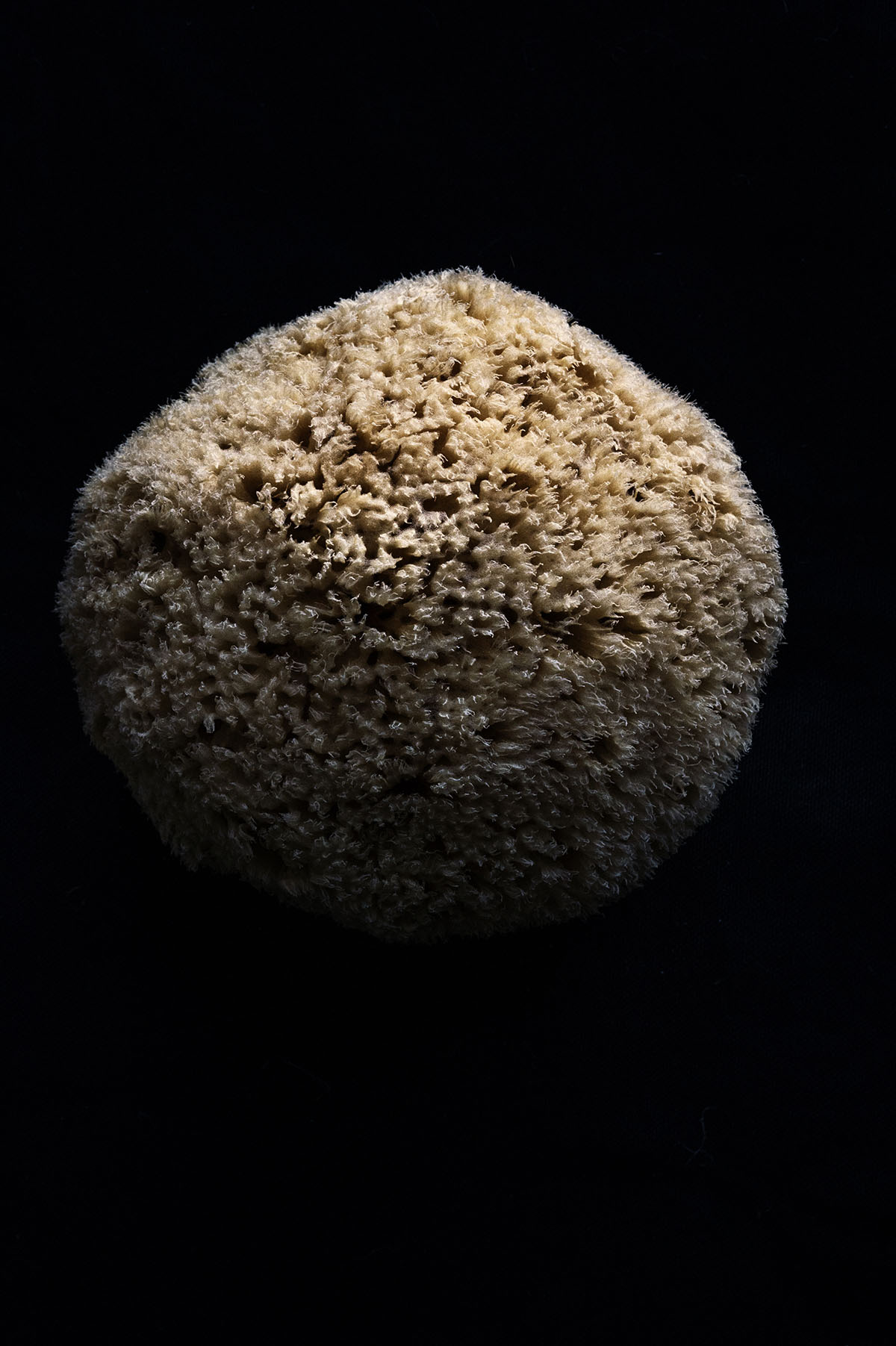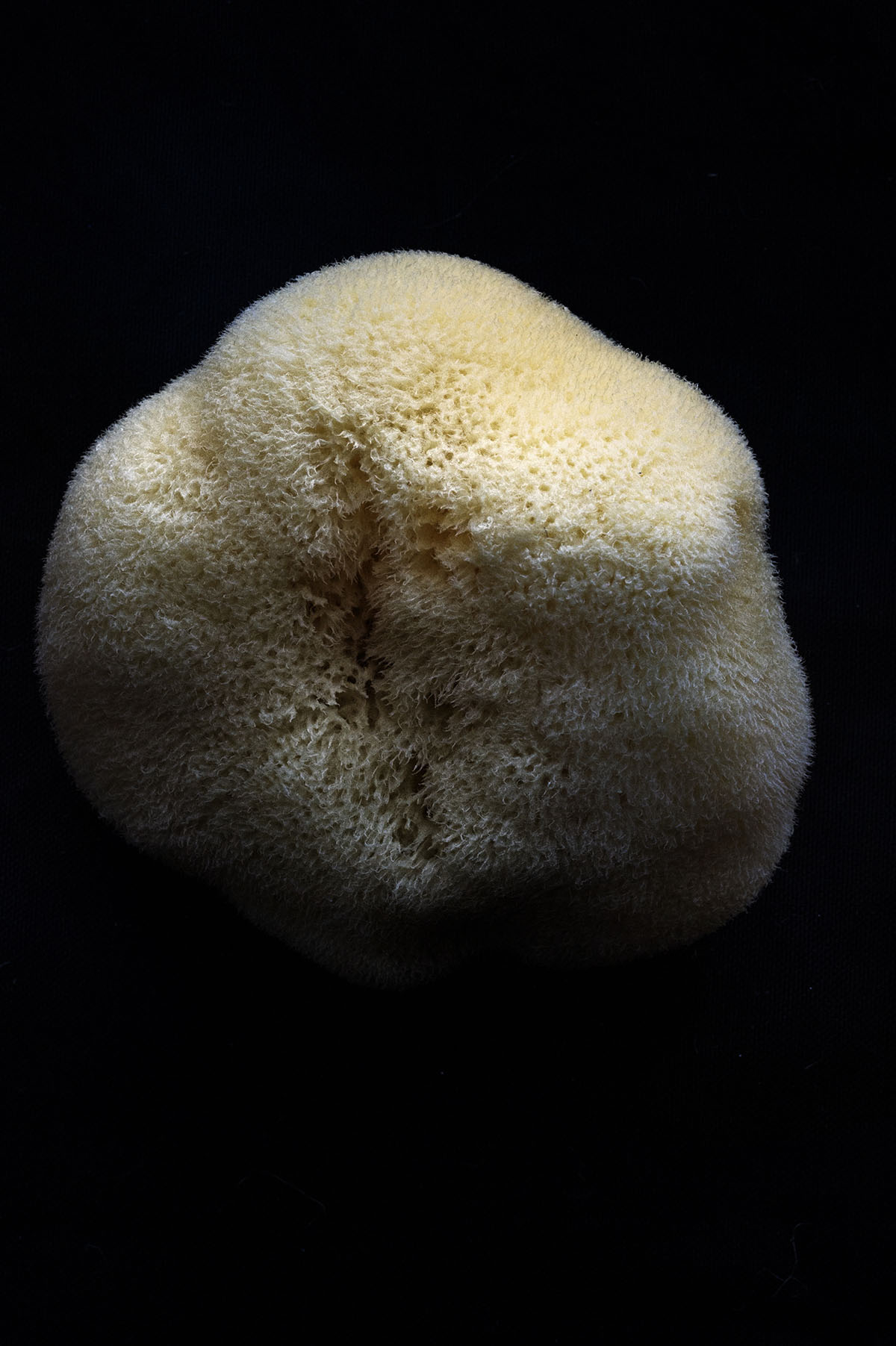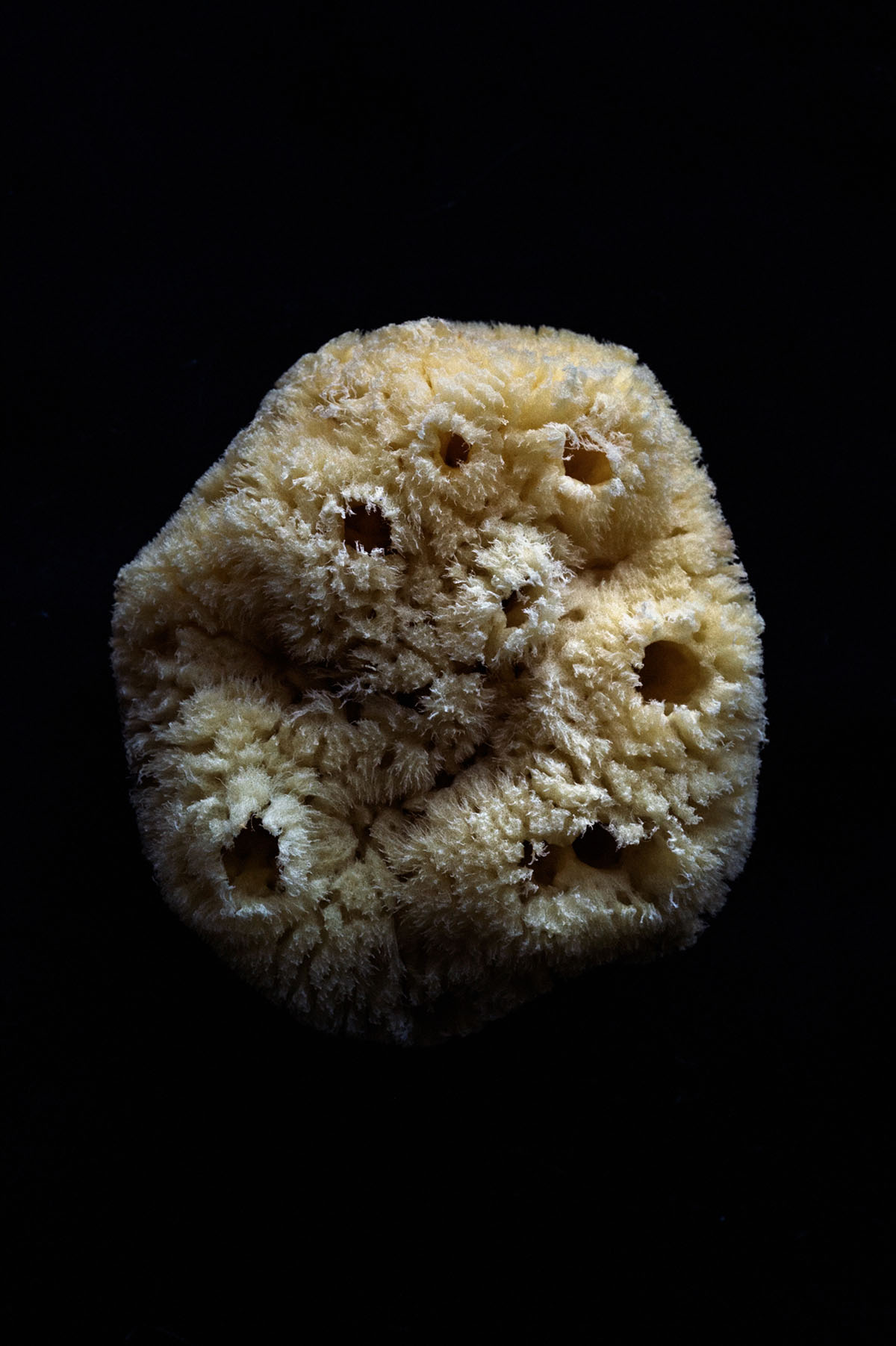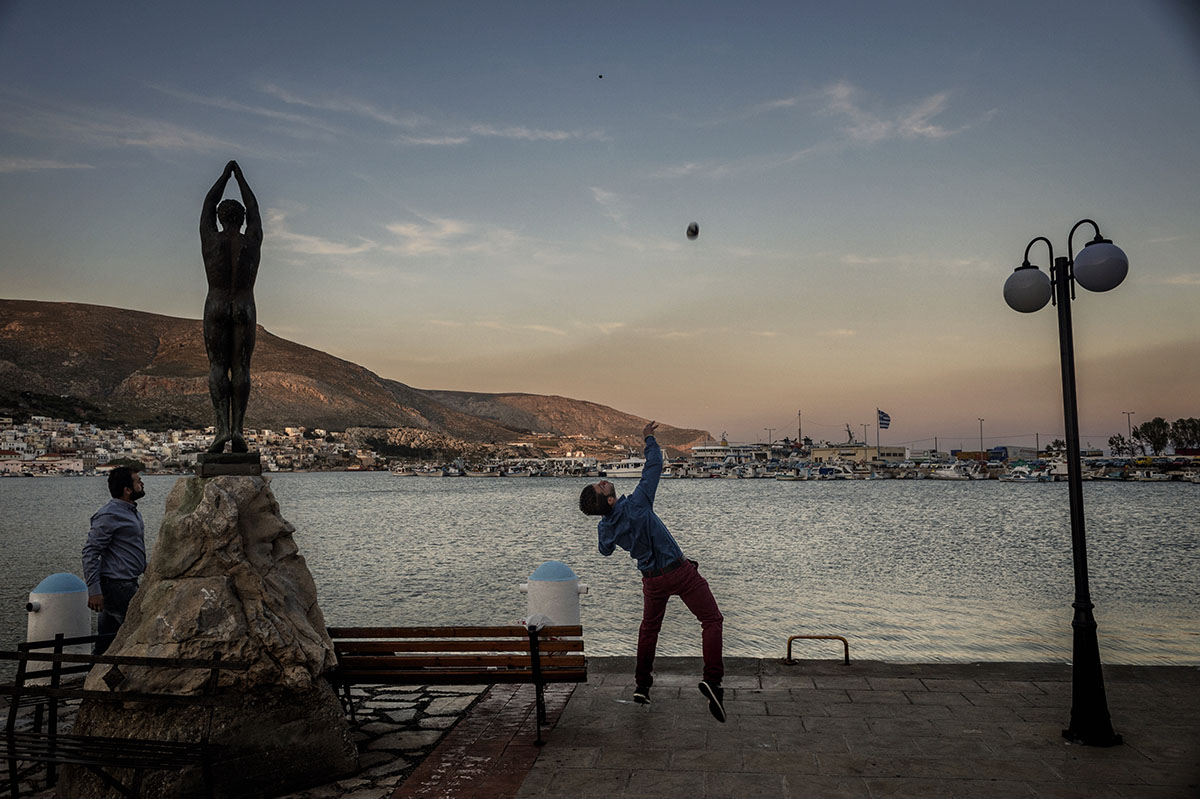Sponge Divers of Kalymnos
by Francesco zizola
Greece, Kalymnos, April 2015, Professional sponge diver Dimitris poses underwater in order to show the scuba diving gear and methods used by sponge divers after the introduction of the skafandro around 1865.
For centuries the tiny island of Kalymnos, in the Aegean Sea, has been known as the “Sponge-divers’ island.”
For centuries the tiny island of Kalymnos, in the Aegean Sea, has been known as the “Sponge-divers’ island.” Since ancient times, natural sponges have represented the main source of income for Kalymnian families, bringing wealth and fame to the island, its brave sponge-divers and its shrewd merchants.

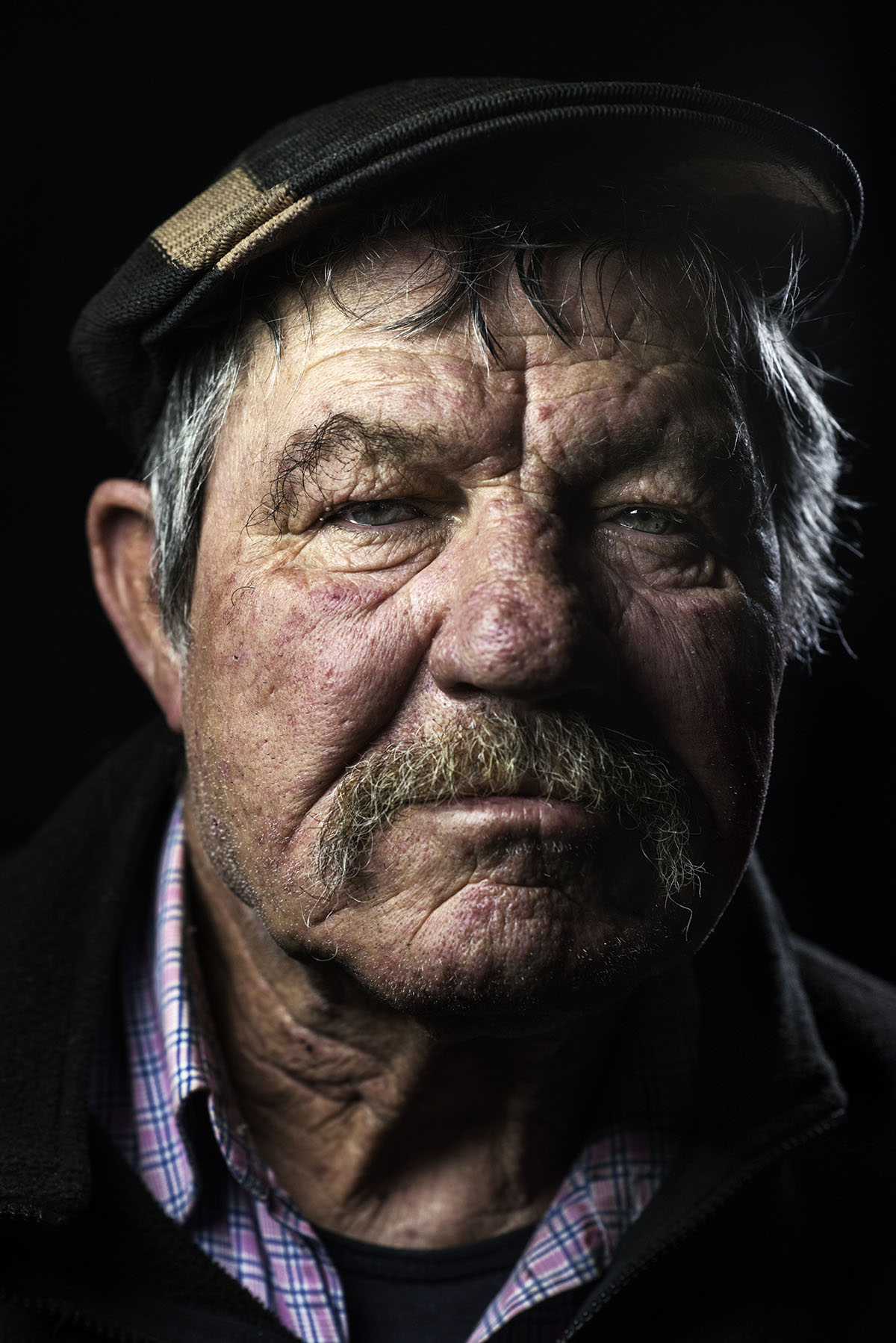



Once centred near the Dodecanese archipelago, sponge-harvesting extended as far as the North African coast, until rising sea temperatures and the consequent outbreak of diseases decimated sponge crops in the past decades. After the Arab Unrest of 2011 and the following instability of the Southern Mediterranean coasts, the Kalymnian sponge-fishing fleet returned to harvest sponges closer to home.
Greece, Kalymnos, April 2015, During the Greek Orthodox Easter week, in several villages of Kalymnos, there is a ritual of exploding dynamite and making noise. This is a specific ritual in Kalymnos that is not part of others Greek islands customs. The abundant remains of wrecks in the bottom of the sea from the Second World War are maybe at the origin of this tradition.
Today the sponge fleet still sails off for the sponge fishing season on the week after Easter – the most important event in the Orthodox church calendar and the biggest festival for the community of Kalymnos – and receives a solemn and extended farewell by the entire community before leaving, as it has always traditionally done.
Greece, Kalymnos, April 2015, A painting portraying the three different stages of traditional sponge diving techniques. The painting is on display at Manolis Makryllos' sponge factory.
The introduction of the diving suit – called “skafandro” led to many divers suffer from decompression sickness, causing 10,000 deaths and 20,000 paralysis in less than 20 years among Greek sponge-divers.
Sponge-diving techniques followed the changes in scuba diving methods. The first divers were only equipped with a harpoon at first, and a heavy stone tied to a rope to dive deeper and direct their movements underwater, afterwards. Even though the introduction of the diving suit – called “skafandro” – in the second half of the 19th century revolutionised sponge diving and made the sponge business boom throughout Europe, it also led to many divers suffer from decompression sickness, causing 10,000 deaths and 20,000 paralysis in less than 20 years among Greek sponge-divers.
Greece, Kalymnos, April 2015, Sponges in the factory of Manolis Makryllos.
Greece, Kalymnos, April 2015, A professional fisherman dives at 35 meters deep looking for sponges.
Greece, Kalymnos, April 2015, The island of Kalavros as seen from a mountain path near the town of Emporios.


